
Introduction
As already well known, there are a lot of types of the bread, made by a lot of different types of flours and grains. Bread is a basis of the most of the meals and because of that, naturally, the bread baking industry has come up with a lot of ideas how to make the best bread and the best similar products to bread. The problem is that not every kind of bread contains the nutrients that are beneficial for health, and it is even difficult to find out which bread is nutritive and which only a mass that makes our stomach full is. So the significance of the quality versus quantity has never been more important!
Nevertheless, although there’s a lot of misapprehensions when it comes to choosing the most appropriate for us and the healthiest bread, even if we have read the nutritive values’ section on the package, it is simply important to understand that, the less processed types of food (thus, the whole grains and not the white flour) are always more beneficial for digestion, metabolism and the health in general, than, for example, the white bread products.
Generally speaking, the bread beneficial for health is the one that is rich in carbs and fibers. Additional nutrients are welcome, but one should be very careful about it, since those enriched with vitamins bread products are sometimes also artificial because a lot of preservative substances are added in this case, too, so that its shelf life could be prolonged. Sometimes even the title multi grain means, actually, that there is a variety of different grains which have the beneficial qualities, however, their amount is almost always very low, comparing to the amount of the white flour in it.
Whole wheat and whole grain
So, the conclusion to this matter, that is, of the beneficial nutrients is to find the bread which is based on the whole grains. That is, this has the whole grain as the primary ingredient. The trick is that the percentage of the amount of the whole grains in the bread could be read in the nutritive values’ section on the behind of the product, but the large etiquette in the front doesn’t always tell the truth.
However, here are some examples of the breads which have the whole grains as the majority of their contents; those are the whole wheat products, the crushed and bulgur wheat, as well as the graham, bromated and whole durum flours.
Also, the beneficial nutrient, which is desirable to be found in bread, besides fibres, carbohydrates and whole grains is sodium. Of course, the lower in fats, sugars and calories, the better the bread is.


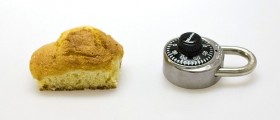
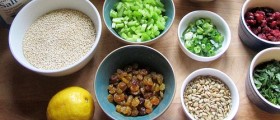
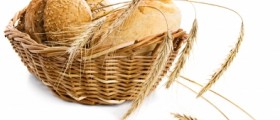

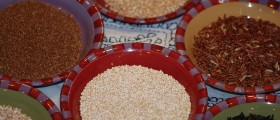
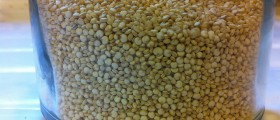
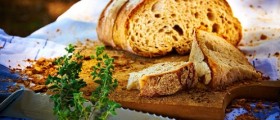
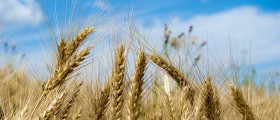







Your thoughts on this
Loading...